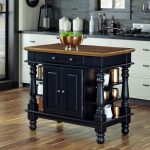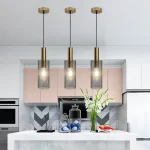Overview of Kitchen Cabinet Pricing Trends in 2025
As 2025 unfolds, the trends in kitchen cabinet costs are vital for homeowners and designers alike. From material innovation to economic shifts, various factors influence the pricing landscape. Here’s an overview of the current trends impacting kitchen cabinet cost:
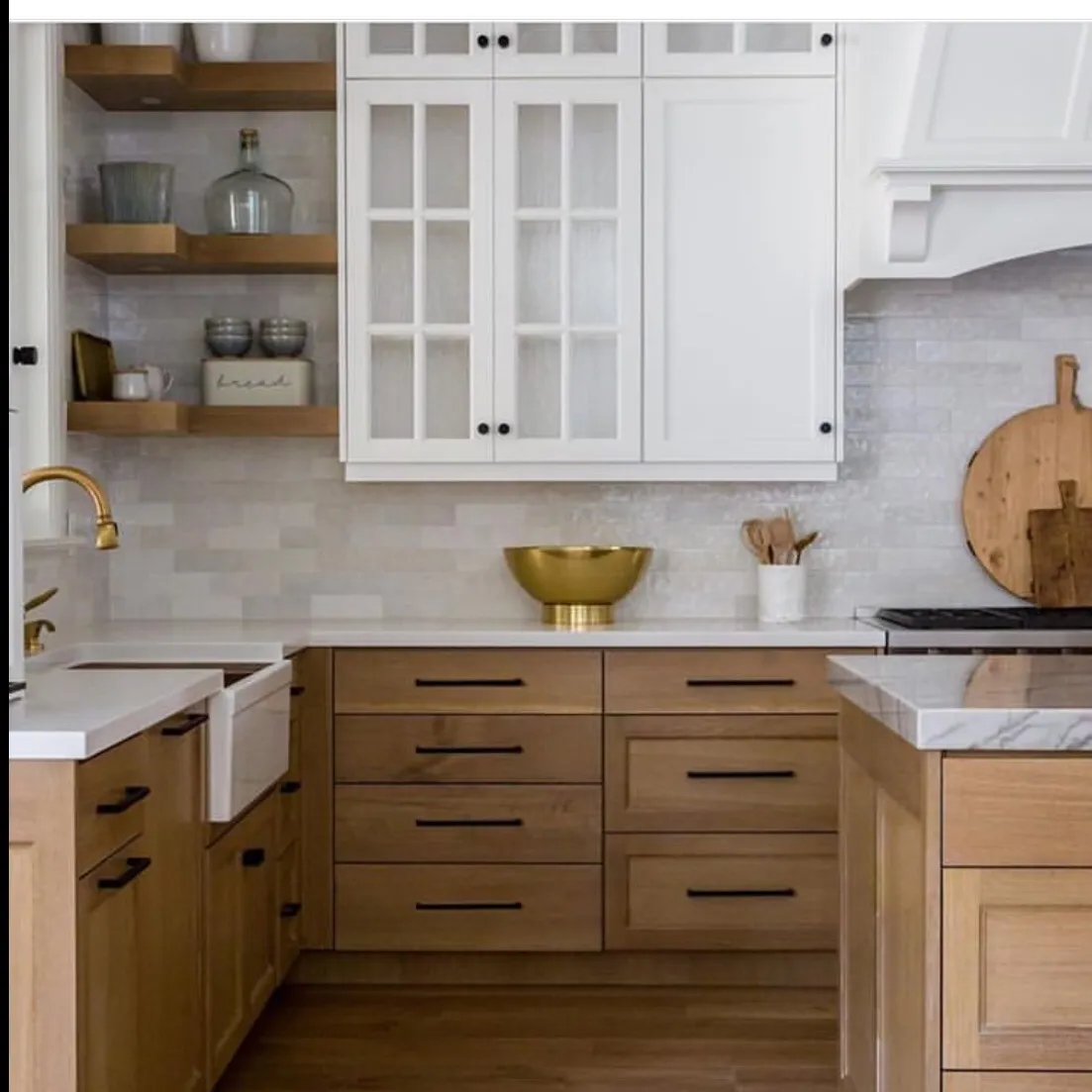
- Material Costs: Advances in materials affect prices. Sustainable options may carry a premium, yet offer long-term savings.
- Labor Markets: Skilled labor scarcity can drive up installation fees. It’s a key price component to watch.
- Manufacturing Advances: Technology lowers production costs in some cases, but the cost may reflect in the product’s price.
- Economic Factors: Inflation and trade policies directly impact cost. Imported materials could see fluctuations in price.
Stay informed on these trends to make savvy decisions when it comes to your kitchen cabinet investments this year.
Factors Affecting the Cost of Kitchen Cabinets
Several factors can impact the kitchen cabinet cost. Material selection, craftsmanship, and marketplace trends all play significant roles.
- Material Quality: Higher quality materials often mean higher costs. However, paying more up-front may result in durability and better value over time.
- Craftsmanship: Skilled artisans demand higher wages. Cabinets crafted with precision and care will cost more than mass-produced ones.
- Market Trends: Supply and demand shifts influence prices. Popular styles or materials can become more expensive.
- Location and Shipping: Proximity to suppliers could affect costs. Further distances can add to the final price tag through shipping fees.
- Customization Level: Customized options are priced higher than standard designs. Personalized features and unique sizes require additional work, increasing the price.
By understanding these factors, you can better anticipate the costs and value associated with your kitchen cabinet purchase in 2025.
Material Choices and Their Impact on Pricing
When selecting kitchen cabinets, the material you choose significantly impacts the cost. Here’s how different materials stack up:
- Wood: Classic and durable, wood varieties such as oak, cherry, or maple influence price. Solid wood costs more than veneered or composite alternatives.
- Laminate: A budget-friendly option that mimics the look of wood. It’s less expensive than solid wood but may not last as long.
- Metal: Stainless steel or aluminum cabinets offer a modern look. They’re usually more costly but add a sleek, industrial edge to your kitchen.
- Glass: Used for cabinet doors, glass adds elegance. It may increase the price but creates an open, airy feel in the space.
- Thermofoil: A cost-effective choice known for its durability and moisture resistance. It can resemble higher-end materials at a lower price point.
To sum up, the material not only defines the look and feel of your kitchen but also dictates the overall kitchen cabinet cost. Choose materials that align with your budget and desired aesthetic for the best value.
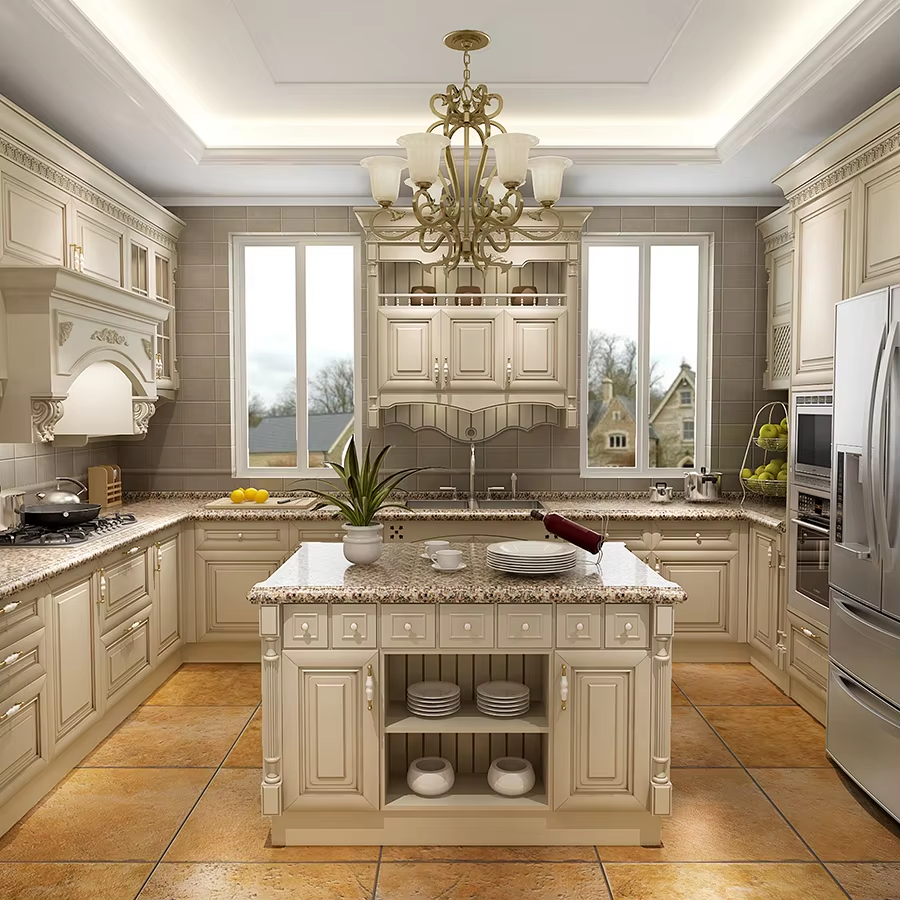 Custom vs. Stock Cabinets: A Cost Comparison
Custom vs. Stock Cabinets: A Cost Comparison
When planning a kitchen renovation, the choice between custom and stock cabinets significantly affects your budget. Custom cabinets are made to order, offering a tailored fit and unique design. They allow for personalized sizes, styles, and materials. However, this customization comes at a higher cost. Skilled craftsmen take time and care to build each unit, which increases labor expenses.
Stock cabinets, on the other hand, are pre-manufactured in standard sizes and styles. They provide a cost-effective solution with faster availability. Without the need for individual craftsmanship, stock cabinets often cost less than their custom counterparts. Their price includes mass production efficiencies, which can be a key saving factor.
To compare:
- Custom Cabinets: Higher cost, personalized options, longer production time.
- Stock Cabinets: Lower cost, limited customization, ready to install.
Your final choice should balance your need for customization against your kitchen cabinet budget. When cost is a decisive factor, stock cabinets might be the way to go. Yet, for a unique kitchen design, custom cabinets could be worth the investment.
How to Budget for Your Kitchen Cabinet Purchase
Budgeting for kitchen cabinet costs in 2025 requires a careful approach. It involves balancing your desires with what you can afford. Here are key steps to help you budget effectively:
- Assess Your Needs: Start by deciding the scope of your project. Identify what you need from your kitchen cabinets, such as size, style, and features.
- Set a Spending Limit: Before anything else, determine your maximum budget. Keep in mind all other remodel costs besides cabinets.
- Consider Material Costs: Different materials come with different prices. Choose the material that suits your budget and design preference.
- Factor in Customization: If you prefer custom cabinets, be ready for higher costs. Decide what level of customization you’re willing to pay for.
- Plan for Labor and Installation: Remember to include installation fees in your budget. Skilled labor can add significantly to the cost.
- Research Market Prices: Look into current market prices for kitchen cabinets. Prices can fluctuate, so get updated information.
- Save for Extras: Set aside money for unforeseen expenses. Things like hardware, finishes, and unexpected costs might come up.
- Stick to Your Budget: Once you establish your budget, adhere to it. Avoid the lure of upgrades that can inflate your spending.
By following these steps, you can create a solid financial plan. This will guide your kitchen cabinet purchase and help control overall kitchen cabinet costs.
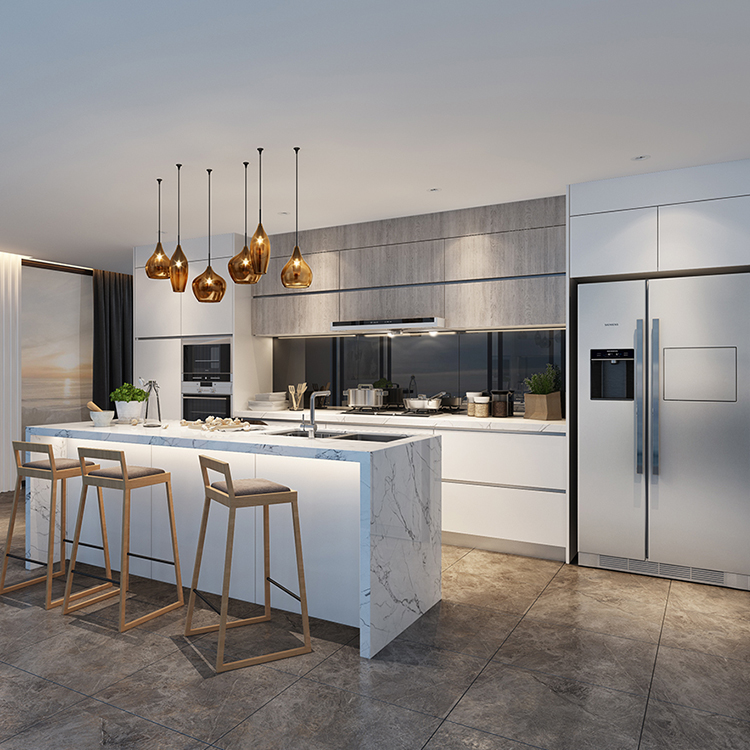 Saving Money: Tips for Reducing Kitchen Cabinet Cost
Saving Money: Tips for Reducing Kitchen Cabinet Cost
When facing the challenge of keeping kitchen cabinet costs under control, carefully consider the following tips:
- Compare Different Materials: Some materials cost less and still look great. Choose wisely to save.
- Seek Quotes: Get multiple quotes for cabinets. Evaluate each one to find the best deal.
- Opt for Minor Updates: Sometimes, a fresh coat of paint or new handles can suffice.
- Shop Sales: Take advantage of sales and discounts. Timing your purchase can lead to savings.
- Consider Refacing: If the structure is sound, refacing instead of replacing can reduce costs significantly.
- Go for Stock Over Custom: Stock cabinets cost less and are ready quicker—consider them for savings.
- DIY Where Possible: Installing cabinets yourself can cut labor costs. Make sure you have the skills needed.
- Avoid Last-Minute Changes: Stick to your original plan to evade extra fees for alterations.
Integrate these suggestions into your planning for kitchen cabinet costs. They can help manage expenses without compromising on quality or style.
The Role of Technology in Kitchen Cabinet Manufacturing and Pricing
The tech world is revolutionizing kitchen cabinet manufacturing and pricing in 2025. Digital advancements streamline production, impacting cost. Let’s explore technology’s part in this industry evolution:
- Automation: Robots and machines boost production speed. They help reduce labor costs, affecting the overall kitchen cabinet cost.
- Precision: Advanced machinery delivers precise cuts and fittings. Quality goes up, waste goes down, potentially lowering prices.
- Design Software: 3D modeling helps design cabinets quickly and accurately. It lets customers see the final product before it’s made, saving on costly errors.
- Material Optimization: Tech helps use materials efficiently. It cuts down waste, saving resources and money.
- Energy Efficiency: New machinery often uses less power. This helps manufacturers save on energy costs, possibly reducing prices for buyers as well.
Employing these technologies, kitchen cabinet manufacturers can offer better products at competitive prices. For savvy homeowners, this could mean balancing desires with a budget might get easier. Keep an eye on tech’s role to understand the latest in cost-efficient kitchen cabinet solutions.
When planning for kitchen cabinets, installation is a key factor. This part of the project can have a big impact on your total kitchen cabinet cost. Here’s what to consider when navigating installation expenses:
- Installation Fees: Labor takes a big chunk of your budget. Costs vary by location and skill level of the installer.
- Service Quality: A skilled installer ensures your cabinets last longer. Paying more for expertise can mean fewer repairs down the line.
- Do It Yourself (DIY): You can install cabinets yourself to save on costs. Be sure you have the necessary tools and knowledge.
- Professional Services: Hiring a professional might seem costly. However, their experience often leads to quicker and higher-quality results.
- Timing: Some installers offer off-season rates. Scheduling during slower times can lead to discounts.
- Quotes: Get several quotes from different services. Compare them to find the best balance of cost and quality.
To wrap it up, weigh every installation service option carefully. Consider the value of time, skill, and warranty. When it comes to kitchen cabinet costs, smart choices on installation can lead to savings and satisfaction.
 Where to Shop for Kitchen Cabinets in 2025: Retail vs. Online Outlets
Where to Shop for Kitchen Cabinets in 2025: Retail vs. Online Outlets
In 2025, shopping for kitchen cabinets offers two main options: retail stores and online outlets. Each comes with its own set of benefits and challenges that can influence the overall kitchen cabinet cost.
Retail Stores
Retail stores provide a tangible shopping experience. You can feel materials, open drawers, and visualize cabinets in a physical space. Personal service and professional advice are key perks. However, retail often comes with higher overheads, which can reflect in the price. Transportation of cabinets from the store to your home can also add to the cost. Despite this, many shoppers value the immediate assistance and the ability to see the product before buying.
Online Outlets
On the other hand, online outlets usually offer competitive prices. They have fewer overhead expenses and often provide a wider selection. Shopping is convenient and can be done from home. Comparing prices, styles, and features across different suppliers is easier too. One downside is that you can’t physically interact with the product before purchasing. Additionally, be sure to consider shipping costs, which can vary significantly.
When choosing where to shop for kitchen cabinets in 2025, consider these factors:
- Personal Experience: Do you want to see and touch the cabinets firsthand?
- Price Sensitivity: Are you looking for the most cost-effective option?
- Installation Services: Do you require professional installation, and does the outlet provide it?
- Delivery and Shipping: Remember to factor in the potential costs and logistics.
Balancing your preferences for service, convenience, and cost will guide your choice between retail and online shopping for kitchen cabinets. Make an informed decision based on your specific kitchen cabinet cost budget and personal needs.
Sustainable Options and Eco-Friendly Practices
Incorporating sustainable options and eco-friendly practices into your kitchen renovation can reduce your environmental impact and promote a healthier living space. Here’s how to make eco-conscious choices when selecting and maintaining kitchen cabinets.
Opt for Sustainable Materials
Choose cabinets made from sustainably sourced materials, such as FSC-certified wood or recycled composites. Sustainable materials minimize environmental harm and promote responsible forestry practices, ensuring that your kitchen renovation supports ecological balance.
Low-VOC Finishes
Select cabinets with low or no volatile organic compound (VOC) finishes to improve indoor air quality and reduce harmful emissions. Low-VOC paints and stains are better for your health and the environment, making them a responsible choice for eco-friendly kitchen designs.
Recycled or Repurposed Cabinets
Consider using recycled or repurposed cabinets to reduce waste and give a new life to existing materials. These options are not only environmentally friendly but also add unique character and charm to your kitchen.
Energy-Efficient Lighting
Incorporate energy-efficient lighting solutions, such as LED strips or under-cabinet lights, to enhance the functionality of your kitchen cabinets while reducing energy consumption. Energy-efficient lighting not only saves electricity but also has a longer lifespan, minimizing replacement costs.
Minimalist Design
Adopting a minimalist design approach reduces the overall material usage and promotes a clean, clutter-free kitchen. Simple and functional cabinet designs with essential features contribute to sustainability by minimizing waste and focusing on long-term usability.
Reusable and Recyclable Practices
Implement reusable and recyclable practices when installing and maintaining your kitchen cabinets. Reuse packaging materials, recycle old cabinetry responsibly, and choose biodegradable cleaning products to support a sustainable kitchen environment.
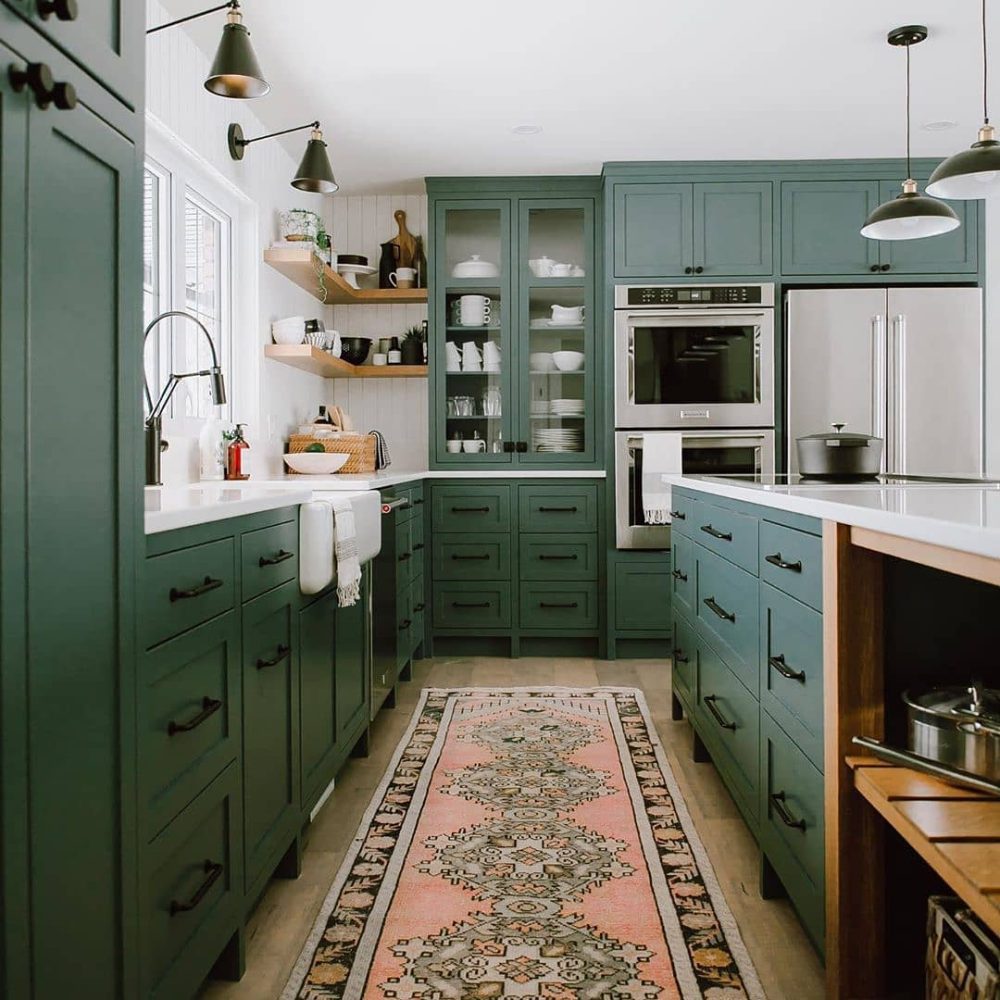 Conclusion
Conclusion
Understanding kitchen cabinet cost is crucial for any kitchen renovation project, as cabinets significantly impact both the functionality and aesthetic of your space. By considering factors such as material quality, cabinet style, customization options, and installation costs, you can make informed decisions that align with your budget and design aspirations. Additionally, implementing practical maintenance tips and embracing sustainable practices ensures that your kitchen cabinets remain beautiful and functional for years to come.
Whether you opt for solid wood, plywood, or affordable alternatives, selecting the right kitchen cabinets involves balancing cost, quality, and style to achieve your dream kitchen. By prioritizing your needs, exploring different styles, and managing installation expenses effectively, you can transform your kitchen into a stunning and efficient space without overspending.
Embrace these insights to navigate the complexities of kitchen cabinet cost, and embark on your renovation journey with confidence. A well-planned investment in quality kitchen cabinets not only enhances your home’s beauty but also adds lasting value, making it a worthwhile endeavor for any homeowner.
